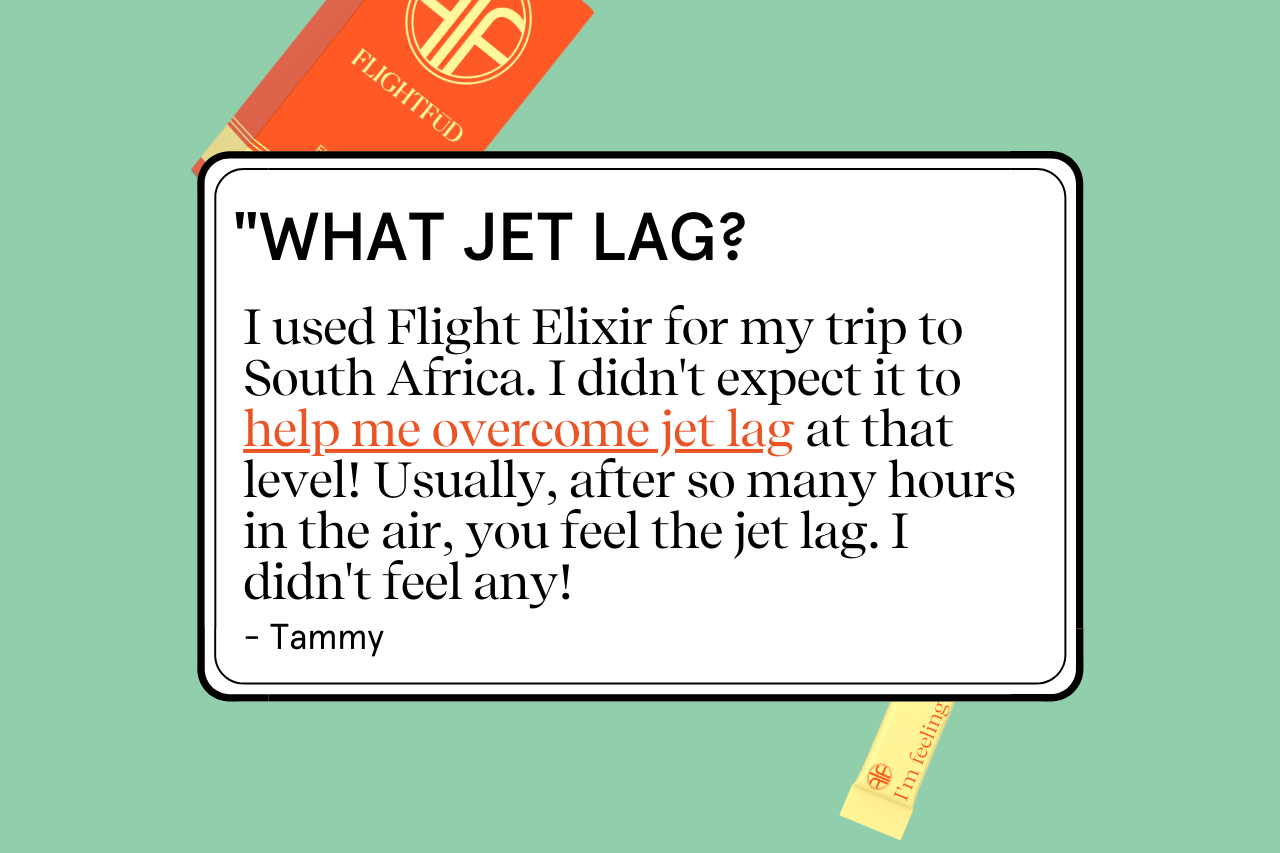How To Sleep On a Plane [Your Guide to Inflight Shut-Eye]
Taking a red-eye flight? Have a long-haul flight across a few timezones?
The impact of jet lag and travel fatigue on your body and overall health is nasty, so you probably want to catch some sleep on the plane.
But let’s face it: a plane is not an ideal place to sleep.
Not enough legroom. Noise from overhead announcements, conversations, and screaming children. Sunlight pouring in from your neighbor’s window.
Plus you are hustling through the air at the speed of 550 miles per hour (or even more).
The result? You arrive at your destination completely exhausted from a lack of sleep, with your circadian rhythm disrupted. Do not let this happen to you. In this article, we will reveal some tried and tested ways through which you will be able to catch up on your Zzz’s fast!
Table of Contents
- Fly First Class
- Bring a Sleep Aid
- Select a Sleep-Enabling Seat
- Pack Sleep Essentials in Your Carry-On
- Use White Noise
#1. Fly First Class
This is a no brainer. If you want to get the utmost comfort in the plane, you should fly premium.
There are three reasons most people can’t sleep on a plane:
- Comfort
- Light
- Noise.
First or business class solves all of these to some extent, but certainly comes through to fix the comfort issue.

Your budget might not allow for an upgraded ticket, but the truth is, premium classes can be more affordable than you think.
Many airlines sell some upgraded tickets for an extra $50 on an economy ticket, but first class can be a bit more expensive.
Many international first or business class flights have seats that decline all the way down to lay flat, making a bed.
You’ll not only be able to sleep better, but you will also get to enjoy additional benefits like free bag checking, in-flight meal and snacks, priority line access, and bigger seats with more legroom making it easier to catch some sleep.
#2. Bring a Sleep Aid
If you find it tough to sleep on the plane, taking a prescription sleeping pill will help. Most doctors are more than happy to write a script for Ambien or another sleep aid for travel.
If you are traveling alone, be careful while using any prescription sleep medications. These tend to be strong, so unless you know how they impact you, it can make you oblivious to the world.
If you’re uncomfortable with taking a prescription medication, consider melatonin.
Melatonin is a hormone produced by your body to trigger sleepiness. Its main function is to regulate your circadian rhythm. The reason you feel sleepy at night is because of melatonin.
Various studies have found it to be effective in improving sleep issues and regulating the circadian rhythm. This is why we added tart cherry to Flight Elixir.
Tart cherry is a natural, whole-food source of melatonin that has been found to support the circadian rhythm.
#3. Select a Sleep-Enabling Seat
The seat you’re in matters for your ability to sleep on the plane. During the seat selection process, consider these three strategies:
- Try to select a window seat. Window seats enable sleeping on the plane more readily by providing you with something to lean against (the air craft wall). They also keep you out of the way of other passengers who are moving through the aisles. Bonus: you also get to exercise control over the window shade.
- Avoid the exit row and bulkhead. You may think these are better as they provide extra legroom, but most exit row seats do not recline, and some bulkhead seats won’t allow you to raise the armrests. These don’t enable the best sleeping positions.
- Consider location. Choose a seat that isn’t near the bathroom, as that is a noisy, well-light, highly-trafficked area of the plane that will interfere with your ability to sleep.
If you have a long-haul or overnight flight, it’s usually well-worth the seat selection fee to choose your seats ahead of time. If you missed the window, however, set a reminder on your iPhone to choose your seat 24-hours before the flight.
#4. Pack Sleep Essentials in Your Carry-On
Since you’re not in your bed when trying to sleep on a plane, you’ll need some accessories to enable you to sleep. These accessories include:
- A blanket or blanket scarf
- A U-shaped or “neck” pillow
- An eye mask to block out light
- Earplugs or noise-canceling earphones to block out noise
- Soft slippers.
These will help you control your environment so it’s more favorable for sleeping on the plane.
#5. Use White Noise
There’s a lot about planes that make it tough to sleep, but one of the biggest things is that they’re loud.
One of our favorite travel hacks to help us sleep on the plane is wearing noise-canceling headphones with soft, white noise to cut the chaos.
A study revealed that white noise decreases the time taken by participants to fall asleep by 38 percent, and you can imagine this would be even more helpful on a plane where the environment is noisy!
White noise on your noise-canceling headphones will help you block out 85 decibels of noise emitted by the aircraft.
Use These 5 Strategies to Sleep on Your Next Flight
Although sleeping on a plane is difficult, you can do your little bit to cope up with the situation.
Staying hydrated, practicing mindfulness meditation, and making sure your evening meal is low in sugars and carbohydrates can also help.
How do you sleep best when on a plane? Let us know in the comments below.














Leave a comment